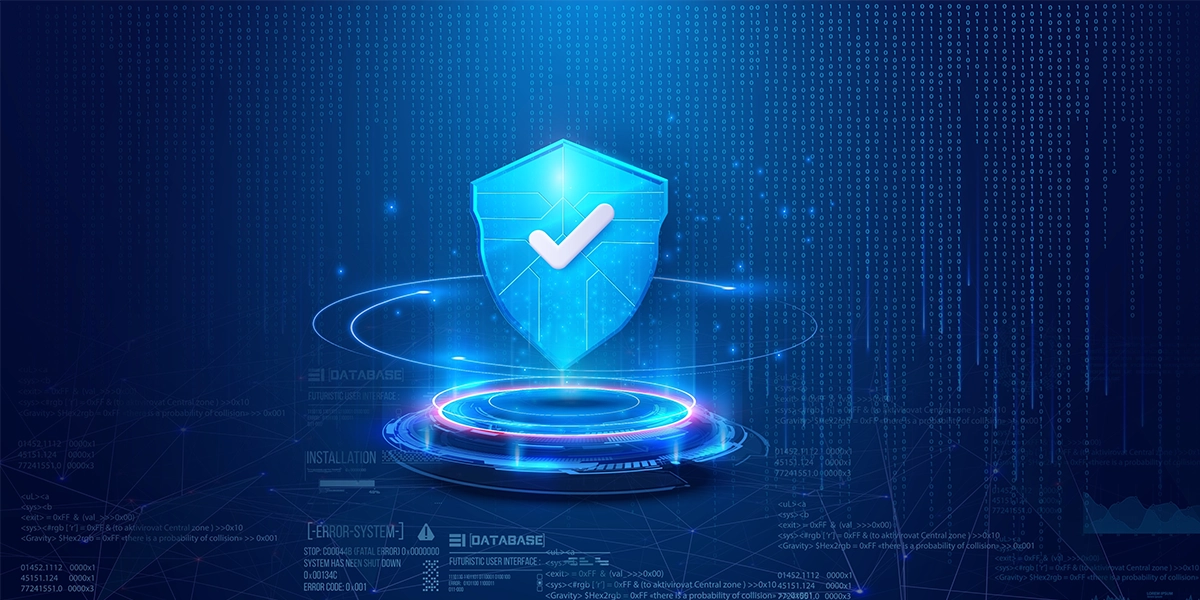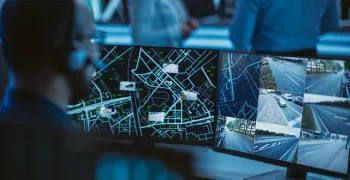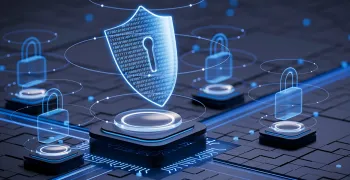With technology redefining every aspect of daily life, the scope of crime has evolved. Statistics indicate that 422 million individuals were impacted in 2022 alone, with costs running into trillions of dollars.
To undertake effective investigations in these incidents, law enforcement agencies have had to expand rapidly, diversifying their digital forensics toolkit to address the unique challenges of an increasingly interconnected world.
Such investigations, a major step up from the ‘methods of Sherlock Holmes,’ often require a multi-faceted forensic approach, scrutinizing data from computers, mobile devices, audio, video, IoT systems, drones, smart devices, and vehicles to gather comprehensive and reliable evidence.
Understanding the Ecosystem: The Method of Digital Forensics
Digital forensics has come to become an invaluable tool in the repository of law enforcement agencies worldwide. As the pattern of cybercrime evolve, the investigative methodologies have come to include:
Computer Forensics
Computer forensics is the cornerstone of digital investigations, focusing on recovering and analyzing data from desktops, laptops, and servers. It involves retrieving deleted files, recovering encrypted data, and examining system logs for unauthorized access.
Mobile Forensics
With over 7.2 billion smartphones in use worldwide, mobile devices have become the hub of personal and professional activities. Mobile forensics focuses on extracting data from phones, including call logs, text messages, geolocation data, and apps like WhatsApp or Telegram. It has emerged as a major area for investigations involving terrorism, organized crime, and fraud.
Audio and Video Forensics
Audio and video evidence are crucial in many investigations, from police body cam footage to security camera recordings. Forensics in these fields involves enhancing low-quality footage, authenticating recordings, and analyzing metadata to determine if media files have been tampered with.
Deepfake Detection
As deepfakes become more sophisticated, they pose a significant threat to the integrity of digital evidence. Criminals can use deepfake technology to manipulate images, videos, and even voices to create misleading evidence. AI-powered deepfake detection tools are essential for identifying these fabrications, ensuring that justice is not compromised by false media.
IoT Forensics
IoT devices, from smart home systems to industrial sensors, are a rapidly growing source of evidence in criminal investigations. IoT forensics involves extracting data from these devices, such as timestamps, logs, or sensor readings, which can provide critical evidence about an event. This type of forensics is particularly useful in cases involving burglary, industrial espionage, and even cyber-attacks on infrastructure.
Drone Forensics
Drones are increasingly used in criminal activities such as smuggling, unauthorized surveillance, and even acts of terrorism. Drone forensics includes recovering flight paths, GPS data, and video footage stored on the device to track movements and identify operators.
Vehicle Forensics
Modern vehicles are equipped with sophisticated systems that record data such as GPS locations, speed, and even communications between vehicles and cloud servers. Vehicle forensics retrieves data from these systems to reconstruct a vehicle’s movements during an event, making it invaluable in accident reconstruction, theft, or organized crime investigations.
Digital Forensics in Action: A Glimpse
One of the largest state law enforcement agencies in India, tasked with securing a population of over 115 million citizens, faced a growing threat from cybercrime, terrorism, and organized crime. Existing forensic capabilities were fragmented, with different departments handling different aspects of digital evidence. To address these challenges, an major project was undertaken to set up a world-class digital forensics lab that could handle all forms of digital evidence under one roof.
This included:
- Establishing a central lab capable of handling diverse types of digital forensics, including computer, mobile, deepfake, drone, IoT, and vehicle forensics,
- Building a scalable, future-proof infrastructure that could grow with evolving crime trends,
- Integrating AI-powered tools to automate tedious forensic tasks and reduce manual workload, and
- Improving the efficiency of investigations, reducing case backlogs and expediting legal processes.
A state-of-the-art facility was designed with separate workspaces for each type of digital forensics — computers, mobile devices, audio/video, and emerging fields like IoT and drone forensics. Each section was equipped with cutting-edge technology to ensure that investigators had access to the best tools available.
AI-powered tools were integrated across the lab’s operations, including the capability to automatically sift through terabytes of data from mobile phones and identifying key evidence quickly. Deepfake detection software was implemented to analyze media in real-time, flagging suspicious content for investigators.
To further maximize its value, the lab was designed as a shared resource, providing services to various law enforcement departments, including those focused on cybercrime, terrorism, and financial fraud. This ensured that the agency could respond quickly and efficiently to a wide range of cases. Additionally, significant investments were undertaken in training personnel to operate the lab’s advanced tools, with specialized training in areas like IoT and vehicle forensics for ensuring a high level of expertise across domains.
Within the first year of operation, the lab has played a pivotal role in solving over 1,500 cases that involved digital evidence. High-profile cases, including organized crime rings and a major cyberterrorism plot, were brought to trial with irrefutable evidence derived from the lab’s forensic work. It has also helped reduce the agency’s case backlog by 40%, ensuring that investigations proceeded swiftly, and legal processes were not delayed.
The lab has also became a model for other law enforcement agencies globally. Its ability to process multiple forms of digital evidence made it a key player in state level collaborations on cybercrime and terrorism cases.
Looking Ahead
Digital forensics stands at the forefront of the fight against modern cybercrime, offering unparalleled tools to decipher the complex digital footprints left by criminals. From computer and mobile forensics to IoT, video, and deepfake detection, its methodologies empower law enforcement to confront diverse and evolving threats.
By integrating advanced technologies like AI and creating centralized forensic labs, agencies are transforming investigative efficiency and the delivery of justice. The continued growth of digital forensics is not just pivotal for solving today’s crimes — it is shaping a future where the digital realm becomes a safer, more accountable space for everyone.




